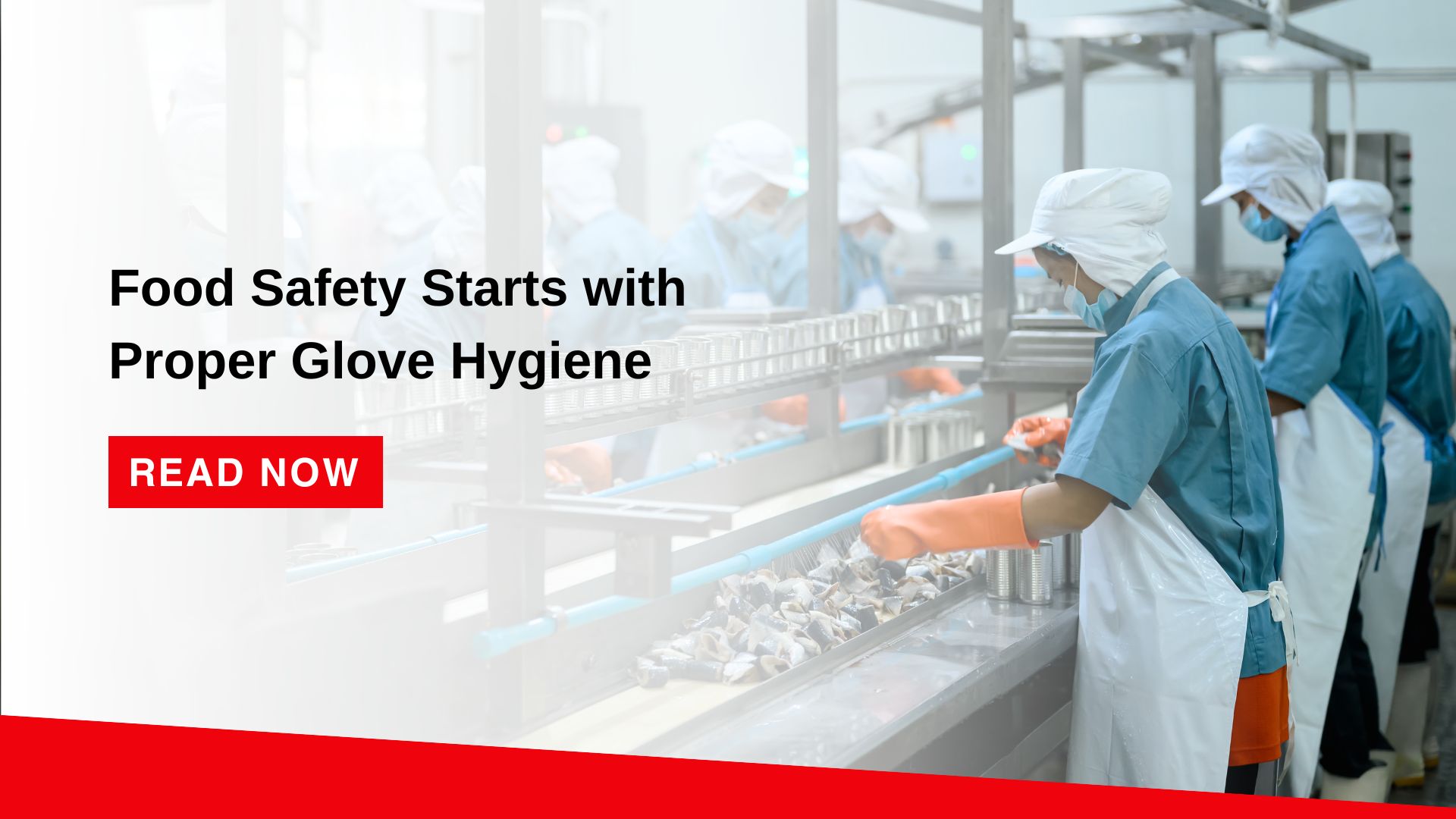In the world of food processing, attention to detail is paramount. Food safety sits at the heart of every operation — and one of the most overlooked, yet critical, details is glove hygiene. When reusable rubber gloves are integrated into a structured system, they become a powerful tool in the fight against cross-contamination.
Rubber gloves are one of the first lines of defense against contamination, but their effectiveness is only as strong as the practices built around them. In fast-paced production environments, workers often move quickly between tasks, and gloves can be misused or neglected. A worker may transition from handling raw ingredients to packaging finished products without proper glove cleaning or replacement. These small oversights may seem harmless in the moment, but over time, they can expose food products to significant safety risks.
Think about it: a worker who forgets to clean or change their gloves after handling raw meat could unintentionally transfer harmful bacteria to ready-to-eat products. Without regular cleaning, reusable gloves may also harbor pathogens, turning a protective barrier into a contamination source. The consequences? Product recalls, consumer health risks, and reputational damage — all stemming from preventable glove misuse.
That’s why implementing a structured reusable glove management system is so important. It’s not just about making gloves available — it’s about ensuring they are used correctly, cleaned thoroughly, and designated appropriately for each task.
Instead of relying solely on color coding, food processors can focus on dedicated glove allocation at specific workstations. By assigning gloves to raw, cooking, and packaging zones, and storing them at their respective stations, the risk of accidental misuse can be reduced. This physical separation of glove sets promotes compliance through workflow design, rather than memory alone.
Equally important is the routine cleaning and inspection of reusable rubber gloves. These gloves are designed for repeated use, but their effectiveness depends on proper care. Establishing clear SOPs for cleaning, drying, and storage ensures that hygiene standards are maintained consistently across shifts. Regular checks also help identify signs of wear or damage early, preventing potential safety breaches before they occur.
However, no glove system is complete without employee training. Workers need to understand the “why” behind the procedures — why gloves must be cleaned after certain tasks, how bacteria can spread unnoticed, and what role they play in keeping food safe. When employees are equipped with knowledge, they’re more likely to follow protocols with care and accountability.
In food processing, every precaution counts. Reusable rubber gloves, when supported by clear procedures and proper training, offer a sustainable and effective approach to contamination prevention. It’s not just about choosing durable gloves — it’s about designing a system that empowers your workforce and safeguards your products.
At Nastah, we specialize in manufacturing reusable rubber gloves that meet the demanding hygiene standards of the food industry. But more than that, we help providing solutions that strengthen food safety while fitting seamlessly into existing workflows.
If you’re looking for a glove solution that supports your food safety goals and integrates easily into your operations, we’re here to help you make that happen. Get in touch!





